#Artur Scheiner
Explore tagged Tumblr posts
Text
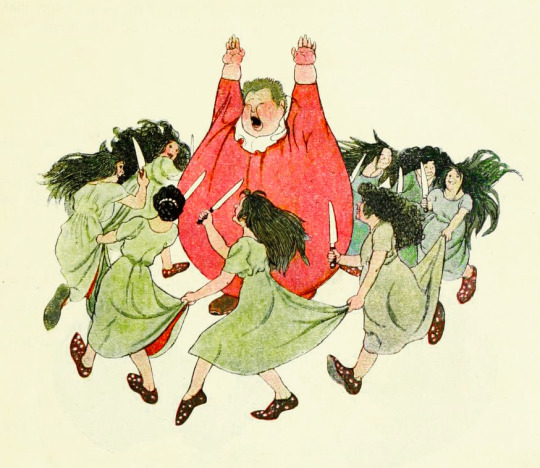
Artuš Scheiner (1863-1938), ''The Disobedient Kids'' by Bozena Nemcová, 1921 Source
#Artuš Scheiner#Artur Scheiner#Bohemian artists#The Disobedient Kids#Bozena Nemcová#vintage illustration#vintage art#children's books
330 notes
·
View notes
Text

The Little Stars of Gold - Artuš Scheiner (1863-1938),
Artuš or Artur Scheiner was a prolific Bohemian painter, decorative artist, and illustrator, known best for his precise gouache drawing, mostly in secessional style. He produced many paintings, illustrations, advertisements, postcards and designs.
Scheiner was not classically trained in art. He began painting as a child and became passionate about art during high school. He originally worked as financial clerk at the Financial General in Prague.
He began his career with drawings in Lustige Blätter, a weekly German humour magazine published in Berlin, and other magazines in Germany, Austria and Hungary. From 1880, his drawings were published in humorous Czech periodical magazines such as Světozor (from 1897), Paleček, Švanda dudák, and Zlatá Praha. He gradually built a reputation as a talented artist-humorist.
In 1902, now freelance, he illustrated his first book, a children's fairy tale Růženka a Bobeš by Václav Říha. His black and white pen and ink line drawings in secessionist style gained him popularity and new contracts. He illustrated fairy-tale books from well-known authors such as Božena Němcová's The Disobedient Kids and other Czechoslovak Fairy Tales, Karel Jaromír Erben, Hans Christian Andersen and others.
6 notes
·
View notes
Text
Artuš lub Artur Scheiner (28 października 1863 - 20 grudnia 1938) był płodnym czeskim malarzem, artystą dekoracyjnym i ilustratorem, znanym najbardziej z precyzyjnego rysunku gwaszem , głównie w stylu secesyjnym . Jest autorem wielu obrazów, ilustracji, reklam, pocztówek i projektów. W jego twórczości znalazły się książki dla dzieci, klasyczne powieści, pocztówki reklamowe, plakaty, a nawet kurtyny teatralne. W 1895 roku zaprojektował teatr lalek dla dzieci swojego brata Josefa Scheinera, który był burmistrzem Sokola Praga, ręcznie rzeźbiąc drewniane lalki w zupełnie nowym, secesyjnym stylu.

Artuš Scheiner - Odalisque (1913)
470 notes
·
View notes
Photo










Artuš Scheiner
644 notes
·
View notes
Photo


Artuš Scheiner aka Artur Scheiner - Illustration for King Mouselet And Prince Youth and The Bold Dwarfs’ Adventures & Isabelle Adjani in Nosferatu the Vampyre
50 notes
·
View notes
Photo

Illustration from Julius Zeyer’s Vyšehrad by Artuš Scheiner
#artus scheiner#art#illustration#golden age of illustration#19th century art#19th century#bohemian artist#bohemian#folklore#folktale#czech folklore#czech legend#czech art#legends#legend#valkyrie#books#book illustration#myths#artur scheiner
222 notes
·
View notes
Photo
Artuš lub Artur Scheiner (28 października 1863 - 20 grudnia 1938) był płodnym czeskim malarzem, artystą dekoracyjnym i ilustratorem, znanym najbardziej z precyzyjnego rysunku gwaszem , głównie w stylu secesyjnym . Jest autorem wielu obrazów, ilustracji, reklam, pocztówek i projektów.

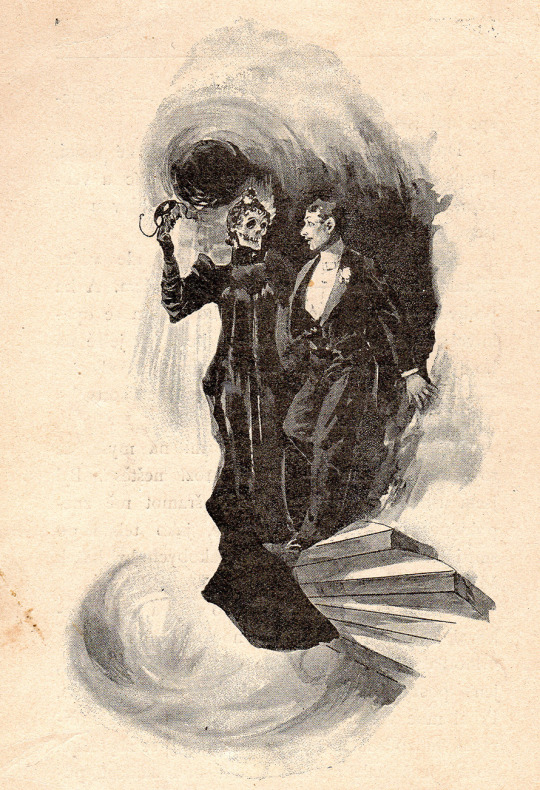



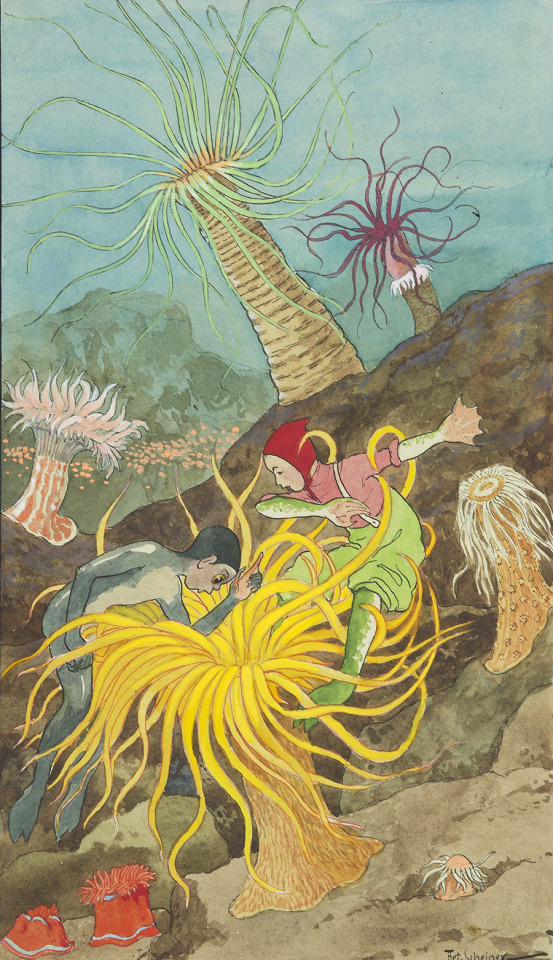
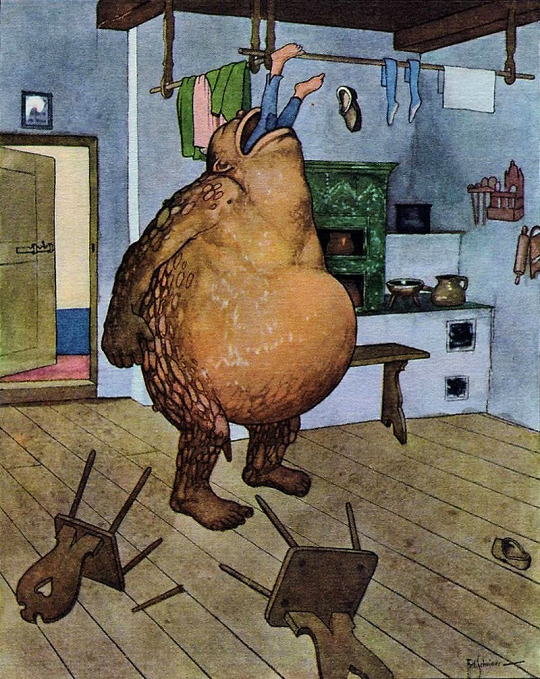
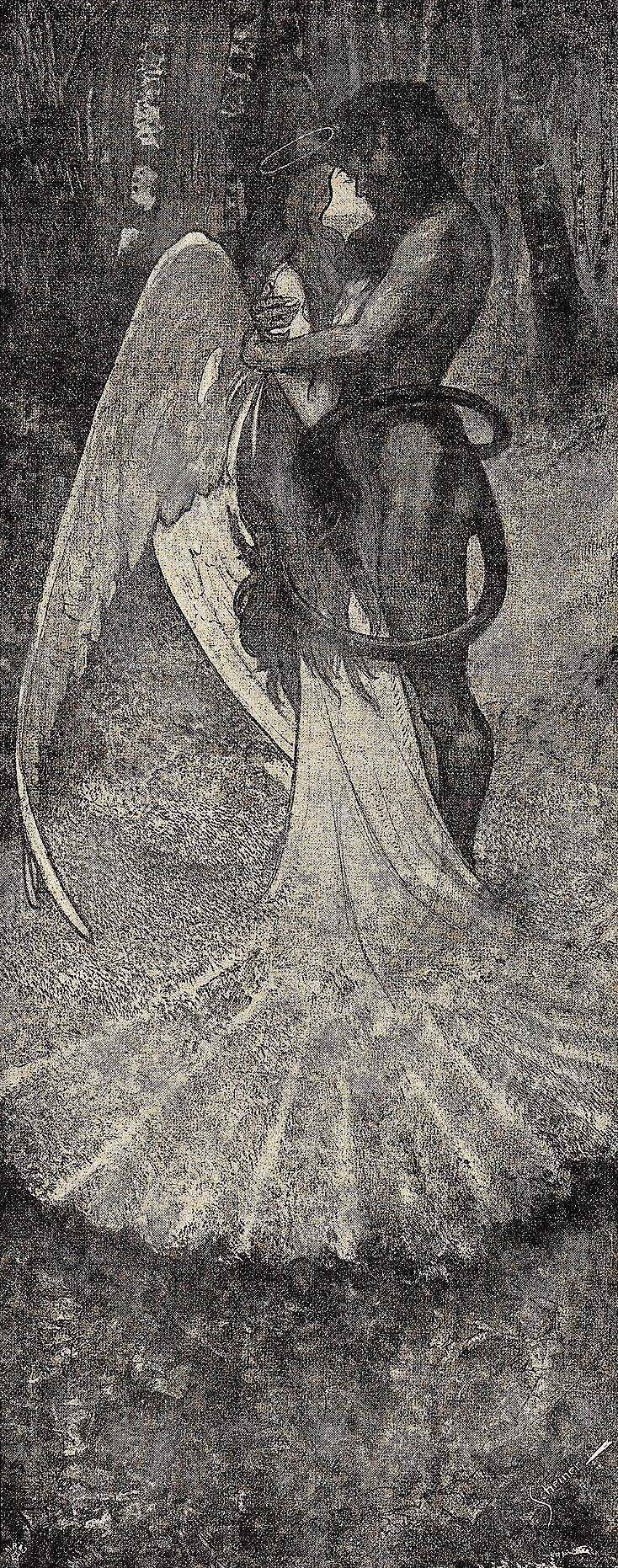


Artuš Scheiner.
100 notes
·
View notes
Photo



Illustrations of “Otesanek”, the Czech fairy tale, by Artur Scheiner.
#fairy tales#illustrations#otesanek#artur scheiner#vore i guess?#bloating#expansion#monster#or rather non human#belly#growth#male#fat folklore and bloated tales
31 notes
·
View notes
Text

MYTHS AND LEGENDS OF ALL NATIONS by Logan Marshall. (Philadelphia: Winston, 1914). Illustrated by Artus Scheiner
book









‘Artuš or Artur Scheiner (28 October 1863 – 20 December 1938) was a prolific Bohemian painter, decorative artist, and illustrator, known best for his precise gouache drawing, mostly in secessional style. He produced many paintings, illustrations, advertisements, postcards and designs.’ — Wikipedia
#beautiful books#illustrated book#edwardian books#children’s book#classical mythology#myths and legends#perseus#beowolf#sigfried#trojan horse#the sphinx#arthurian lore#medusa#minotaur
16 notes
·
View notes
Photo

Artuš Scheiner (1863-1938), ''Švanda Dudák'', #33, 1906 Source
#artuš scheiner#artur scheiner#bohemian artists#Švanda Dudák#devils#demons#piano playing#vintage art#vintage illustration
267 notes
·
View notes
Photo

Artuš or Artur Scheiner (28 October 1863 – 20 December 1938) was a prolific Bohemian painter, decorative artist, and illustrator, known best for his precise gouache drawing, mostly in secessional style. He produced many paintings, illustrations, advertisements, postcards and designs.
(via ello.co/jolandasdreamworld/post/5vjda7rxp3ttafkzylj_ug)
3 notes
·
View notes
Photo

Artuš or Artur Scheiner (28 October 1863 – 20 December 1938)
11 notes
·
View notes
Photo

Silvestre, Armand: Die Sieben Todsünden
Illustriert von Artur Scheiner
Verlag G. Grimm, Budapest, 1907
(via)
25 notes
·
View notes
Photo

Artuš or Artur Scheiner (28 October 1863 – 20 December 1938) was a prolific Bohemian (Czech) Illustrator, painter and decorative arts inspired by the Old Bohemian Myths
2 notes
·
View notes
Photo
Illustration by Artuš Scheiner (aka Artur Scheiner).

‘Oedipus and the Sphinx’, from “Myths and Legends of All Nations”, ed. by Logan Marshall, 1914 Source: https://archive.org/details/mythslegendsofal00mars
179 notes
·
View notes









